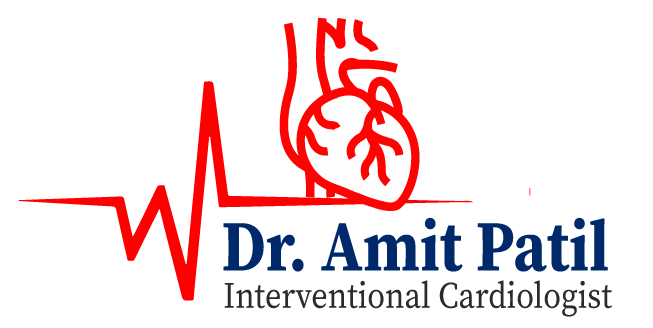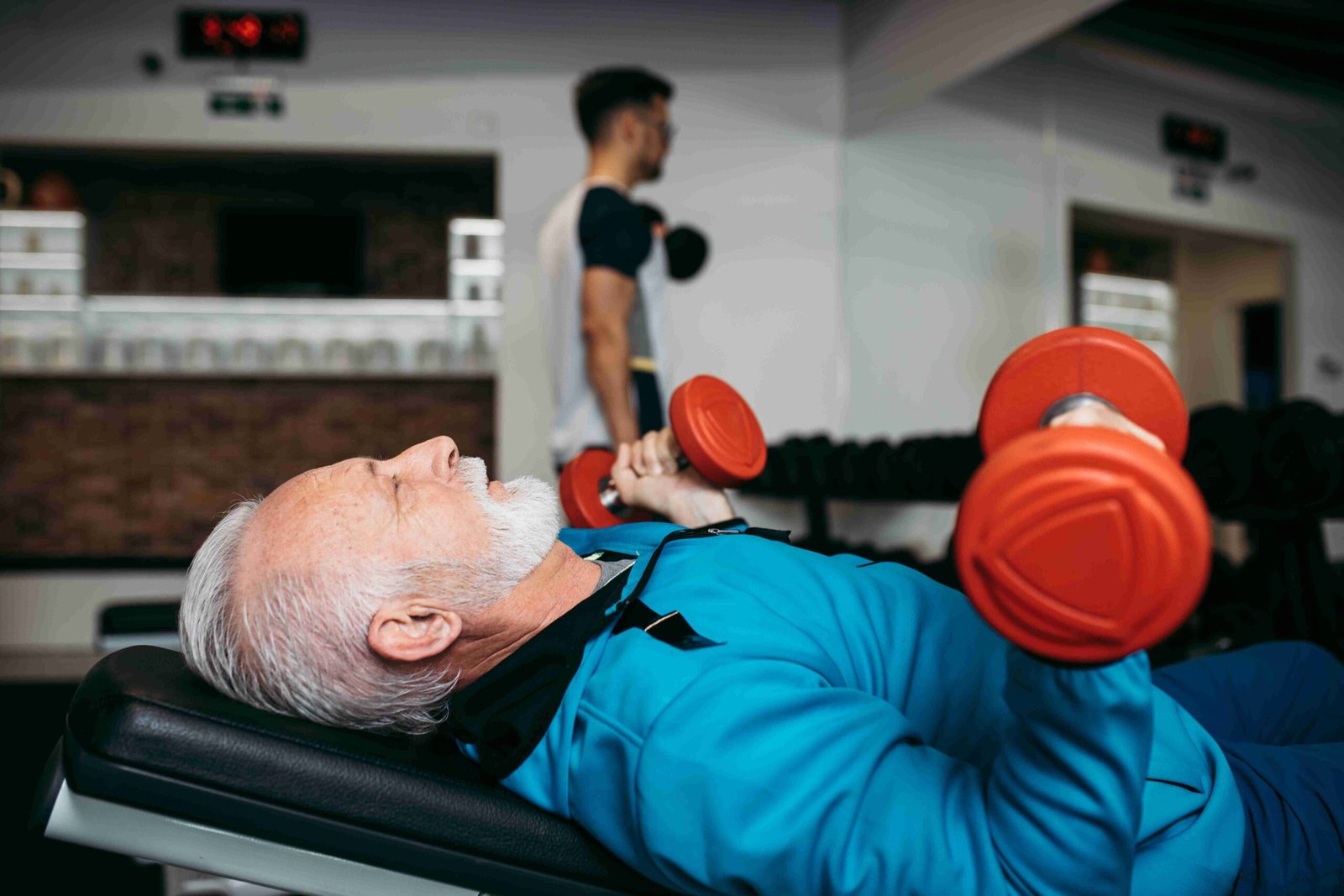Exercising regularly is crucial for maintaining good health and preventing various diseases. However, intense physical activity, especially in the gym or during workouts, can sometimes trigger cardiac arrest, even in seemingly healthy individuals. This blog explores the causes, symptoms, risk factors, and prevention strategies related to cardiac arrest during workouts, aiming to raise awareness and promote safer exercise practices.
Understanding Cardiac Arrest
Cardiac arrest occurs when the heart suddenly stops beating effectively, leading to a cessation of blood flow to the brain and other vital organs. Unlike a heart attack, which is caused by a blockage in the arteries, cardiac arrest is usually due to an electrical malfunction in the heart that disrupts its rhythm. This can result in sudden collapse and loss of consciousness, requiring immediate medical intervention.
Causes of Cardiac Arrest During Exercise
Underlying Heart Conditions
- Hypertrophic Cardiomyopathy (HCM): This genetic condition causes the heart muscle to thicken, making it harder for the heart to pump blood effectively. HCM is a leading cause of cardiac arrest in young athletes.
- Coronary Artery Disease (CAD): CAD, characterized by the buildup of plaque in the coronary arteries, can lead to reduced blood flow to the heart muscle. Intense exercise can exacerbate this condition, potentially leading to cardiac arrest.
- Arrhythmias: Abnormal heart rhythms, such as ventricular fibrillation or ventricular tachycardia, can cause the heart to beat erratically or stop beating altogether during strenuous physical activity.
- Congenital Heart Defects: Some individuals may be born with structural heart abnormalities that increase the risk of cardiac arrest during exercise.
External Factors
- Dehydration: Severe dehydration can affect the balance of electrolytes in the body, leading to irregular heart rhythms and increasing the risk of cardiac arrest.
- Electrolyte Imbalance: Low levels of potassium, magnesium, or calcium can disrupt the electrical activity of the heart, potentially causing cardiac arrest.
- Extreme Heat or Cold: Exercising in extreme temperatures can put additional stress on the cardiovascular system, increasing the risk of cardiac arrest.
Symptoms of Cardiac Arrest During Workout
Cardiac arrest often occurs suddenly and without warning. However, some individuals may experience warning signs before the event. These symptoms include:
- Chest Pain or Discomfort: Any unusual pain or discomfort in the chest during exercise should not be ignored.
- Shortness of Breath: Difficulty breathing or an inability to catch your breath during workouts can be a warning sign.
- Dizziness or Lightheadedness: Feeling dizzy or lightheaded, especially if accompanied by other symptoms, can indicate a serious issue.
- Palpitations: Unusually rapid, fluttering, or pounding heartbeats during exercise.
- Extreme Fatigue: Feeling unusually tired or exhausted during or after exercise, even if the workout was not particularly intense.
Risk Factors for Cardiac Arrest During Exercise
Several factors can increase the risk of cardiac arrest during workouts:
- Age: Older individuals are at higher risk, especially if they have underlying heart conditions.
- Family History: A family history of heart disease or sudden cardiac death increases the risk.
- Personal Medical History: Previous heart conditions, including heart attacks, arrhythmias, or congenital heart defects, can elevate the risk.
- Intensity of Exercise: Sudden, intense physical exertion, especially in individuals who are not accustomed to regular exercise, can trigger cardiac arrest.
- Substance Use: The use of performance-enhancing drugs, stimulants, or excessive caffeine can stress the cardiovascular system and increase the risk of cardiac arrest.
Prevention Strategies
Regular Health Check-ups
- Cardiovascular Screening: Regular screening, especially for individuals with risk factors, can help detect underlying heart conditions. This may include electrocardiograms (ECGs), echocardiograms, or stress tests.
- Medical Consultation: Consulting with a healthcare provider before starting a new exercise regimen, particularly for those with known risk factors, can provide personalized recommendations and precautions.
Safe Exercise Practices
- Gradual Progression: Start workouts at a low intensity and gradually increase the intensity and duration over time. Avoid sudden, strenuous activities if you are not conditioned for them.
- Warm-up and Cool-down: Proper warm-up and cool-down routines can help prepare the cardiovascular system for exercise and reduce the risk of cardiac stress.
- Hydration and Nutrition: Maintain adequate hydration and a balanced diet to ensure proper electrolyte balance and overall health.
- Listen to Your Body: Pay attention to any unusual symptoms during exercise and stop immediately if you experience chest pain, shortness of breath, dizziness, or extreme fatigue.
Emergency Preparedness
- Know CPR: Learning cardiopulmonary resuscitation (CPR) can save lives in the event of a cardiac arrest. Immediate CPR can help maintain blood flow to vital organs until emergency medical services arrive.
- Automated External Defibrillators (AEDs): Familiarize yourself with the location and use of AEDs in your gym or workout facility. AEDs can deliver a shock to restore a normal heart rhythm during cardiac arrest.
Conclusion
Cardiac arrest during workouts or gym sessions, although rare, is a serious concern that requires awareness and preventive measures. Understanding the causes, symptoms, and risk factors can help individuals take proactive steps to protect their heart health. Regular health check-ups, safe exercise practices, and emergency preparedness are essential components of a heart-healthy lifestyle. By prioritizing these measures, individuals can enjoy the benefits of physical activity while minimizing the risks associated with cardiac arrest. Remember, when it comes to heart health, prevention and early intervention are key.
FAQs
Frequently Asked Questions
A heart attack occurs when blood flow to a part of the heart is blocked, usually by a blood clot, causing damage to the heart muscle. Cardiac arrest, on the other hand, is an electrical malfunction in the heart that causes it to stop beating suddenly. A heart attack can lead to cardiac arrest, but they are not the same.
Yes, even young and healthy individuals can experience cardiac arrest during exercise. Underlying heart conditions, which may not have been previously diagnosed, can be triggered by intense physical activity.
Warning signs include sudden collapse, loss of consciousness, no pulse, and no breathing. Some people may experience chest pain, shortness of breath, dizziness, palpitations, or extreme fatigue before cardiac arrest occurs.
To reduce the risk, have regular health check-ups, especially if you have risk factors for heart disease. Start with low-intensity workouts and gradually increase intensity. Stay hydrated, avoid exercising in extreme temperatures, and listen to your body by stopping if you feel unwell.
Yes, it’s advisable to consult with a healthcare provider before starting a new exercise regimen, particularly if you have risk factors such as a family history of heart disease, high blood pressure, or previous heart issues. Your doctor may recommend cardiovascular screenings.
If someone collapses and stops breathing, call emergency services immediately. Start CPR (cardiopulmonary resuscitation) by performing chest compressions. If an automated external defibrillator (AED) is available, use it as instructed.
An AED (automated external defibrillator) analyzes the heart’s rhythm and, if necessary, delivers an electric shock to help the heart re-establish an effective rhythm. AEDs are usually located in prominent areas of gyms, often near the front desk or main exercise areas. Familiarize yourself with their location and usage.
Yes, severe dehydration can lead to electrolyte imbalances, which can cause abnormal heart rhythms and increase the risk of cardiac arrest. It’s important to stay well-hydrated before, during, and after exercise.
Intense and high-intensity exercises, especially if performed suddenly without proper conditioning, can increase the risk of cardiac arrest. Activities that place a sudden high demand on the heart, like sprinting or heavy weightlifting, can be particularly risky for those with underlying heart conditions.
If you have a known heart condition, it is essential to consult with your healthcare provider before continuing or starting an exercise regimen. Your doctor can provide guidelines and recommend safe types and levels of physical activity based on your condition.
Yes, stress can increase the risk of cardiac arrest by elevating blood pressure and heart rate, and causing the release of stress hormones that can affect the heart. Managing stress through relaxation techniques, proper rest, and a balanced lifestyle is important.
A balanced diet rich in fruits, vegetables, whole grains, lean proteins, and healthy fats helps maintain heart health and proper electrolyte balance. Avoiding excessive caffeine, alcohol, and processed foods can also reduce the risk of heart-related issues during exercise.
Warming up before exercise is crucial as it gradually increases heart rate and blood flow to the muscles, preparing the cardiovascular system for physical activity. A proper warm-up can reduce the risk of cardiac stress and improve overall exercise performance.
Yes, certain medications can affect heart rate, blood pressure, and overall cardiovascular health. It’s important to discuss your medications with your healthcare provider and understand their potential impact on your exercise routine.

